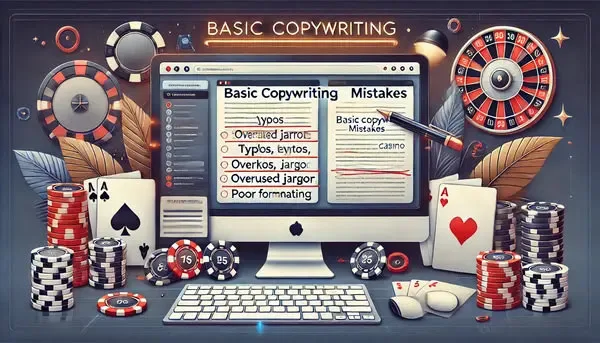
Mastering Focus: Essential Strategies for Distraction-Free Copywriting
In the fast-paced world of digital marketing, the ability to write without distraction is not just a skill but a necessity for copywriters. Distraction-free writing enables the creation of more engaging, coherent, and impactful content, essential for capturing and retaining reader interest in an era of short attention spans. Understanding what it is and why it’s crucial is the first step towards mastering the art of focused copywriting.
Understanding Distraction-Free Writing
What It Is and Its Significance
Distraction-free writing involves creating content in an environment that minimizes interruptions and maximizes concentration. This approach is vital for copywriters as it leads to higher productivity, better quality work, and more innovative ideas. In a landscape where content is king, the ability to produce compelling copy efficiently can significantly differentiate between success and mediocrity.
Strategies for Achieving Focus
Creating the Right Environment
To foster focus, start by curating your physical and digital workspace. This means a clean, organized desk and a computer free from unnecessary tabs and notifications. Tools like full-screen writing software can also help by providing a clutter-free interface.
Time Management Techniques
Implementing time management techniques such as the Pomodoro Technique can significantly enhance focus. By working in short, concentrated bursts followed by brief breaks, copywriters can maintain high levels of concentration without burning out.
Mindfulness and Preparedness
Mindfulness practices, such as brief meditation sessions before writing, can center one’s focus and clear the mind of distractions. Additionally, having a clear outline and understanding of the topic at hand can prevent the mind from wandering.
Effective Copywriting Practices
Research and Outline
Thorough research and a detailed outline are the bedrocks of focused copywriting. They ensure that writing sessions are guided and productive, with all necessary information at hand.
Understanding Your Audience
Knowing your audience allows for more targeted, relevant, and engaging content. This focus prevents straying into irrelevant territories and keeps the writing sharp and to the point.
The Draft and Revision Process
Initially, write your draft without self-editing. This approach keeps the flow of ideas uninterrupted. Revisions should be saved for later, where focus shifts from creativity to precision, enhancing clarity and impact.

Examples of Poor Practice
Bad examples of copywriting often stem from a lack of focus. Content that meanders, fails to engage, or is riddled with errors reflects a distracted writing process. Overloaded with irrelevant information or lacking a clear message, such content fails to make an impact or drive action.
Championing Good Copywriting
Good examples of copywriting showcase clarity, engagement, and relevance. They stem from a focused approach that balances creativity with strategic intent. Effective copy not only captures attention but also motivates the reader towards a specific action, embodying the essence of successful marketing communication.




